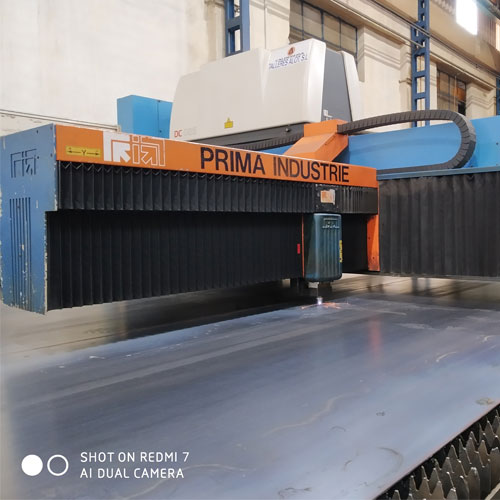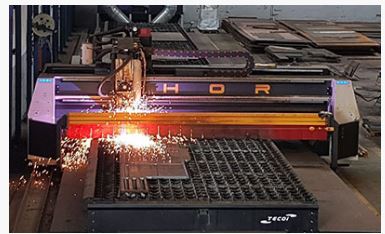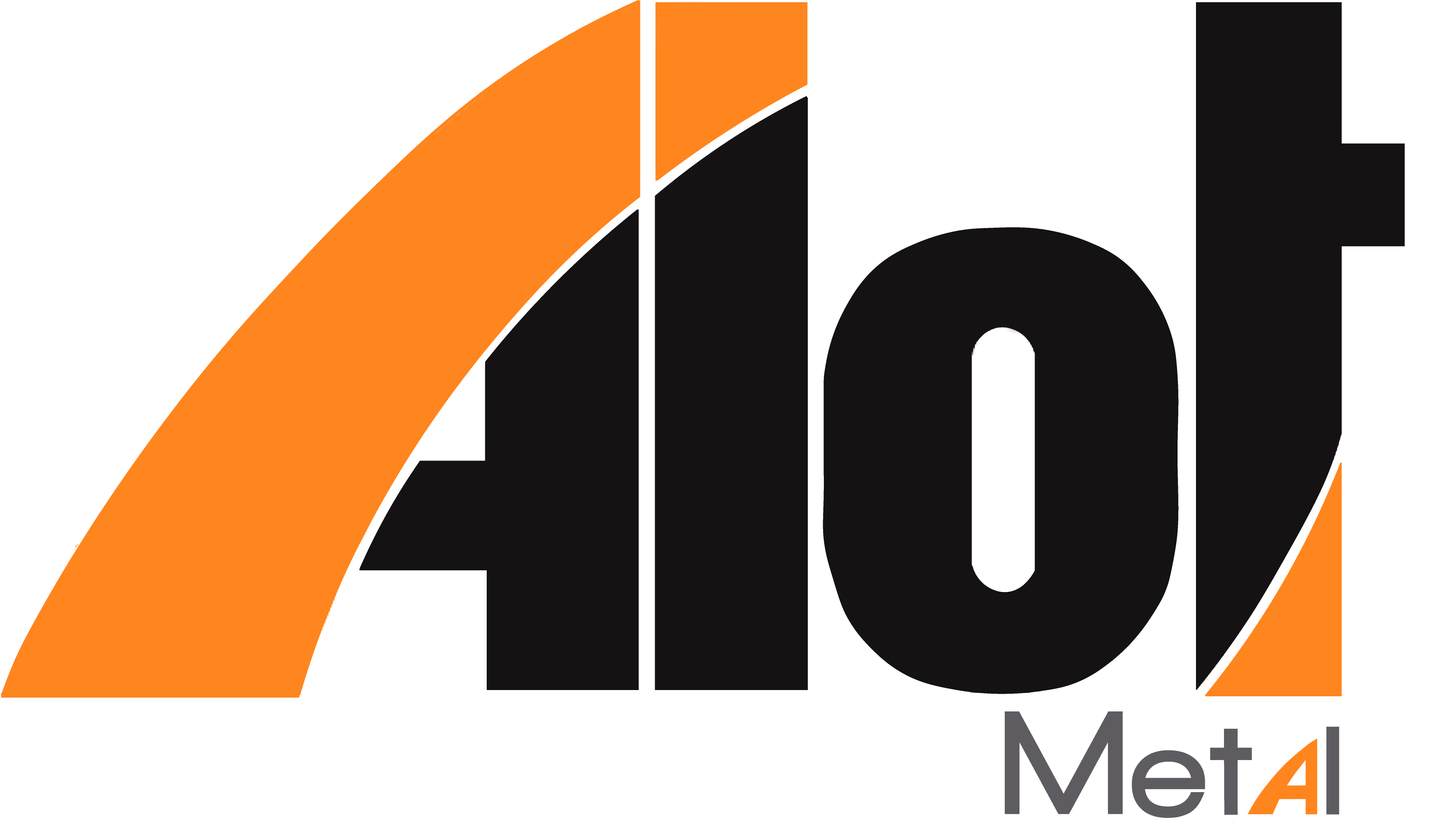Steel plate cutting
ALOT METAL has developed its steel plate cutting section with the intention of reducing costs, improving delivery times and thus providing additional service to new customers. We have a permanent stock of 1000Tn steel plates ( 1-100mm) with the highest flexibility ready to be processed. ( S235JR-S275JR-S355J2+N-S69OQL-HB400-HB450.
We have Laser steel plate cutting machines and a latest technology machine for plasma, oxycutting and machined combined steel plate cutting processes.
Laser Steel Plate Cutting
What is Laser Steel Plate Cutting?
Laser cutting is a technique used to cut steel plate parts characterized in that its energy source is a laser that concentrates light on the work surface. In order to evacuate the cut material, it is necessary to provide a pressurised gas such as oxygen or nitrogen.
Where is its use most appropriate?
It is especially suitable for pre-cutting and for trimming leftover material and can develop complicated contours in parts.
What are the main advantages of laser steel plate cutting?
Among the main advantages of this type of manufacturing of parts are:
• No cutting dies are required and silhouette adjustments are posible.
• The drive is robotized to keep the distance between the electrode and the external surface of the part constant.
What are the main disadvantages of laser steel plate cutting?
Among the main disadvantages we can say that:
• This procedure requires a high investment in machinery and the more conductive the heat is the material, the more difficult it will be to cut.
• The laser thermally affects the metal but if the graduation is correct it leaves no material left over. The pieces to work are preferred opaque and not polished because they reflect less.

At ALOT we have laser cutting machines, being the dimensions of the table 3mx14m allowing cutting pieces of great lengths up to 20mm thick with a high level of precision.



Plasma, oxycutting and machined combined steel plate cutting processes.
In short a combined machine that allows to improve the process time that results in an improvement of cost to our customers.

What is Plasma Steel Plate cutting?
What is the main advantage of plasma steel plate cutting?
Where is the use of plasma steel plate cutting not recommended?
What is oxycutting and what is it used for?
What are the advantages of plasma cutting over oxycutting?
• Plasma cutting as opposed to oxycutting has a wider application spectrum on materials.
• The operating cost of plasma cutting is noticeably lower than oxycutting and the ease of its operation makes it possible to work in manual cutting with steel plates insoles with a nearly definitive part finish.
• In particular, the versatility of cutting thin-thickness metals can be highlighted from plasma cutting, which with oxycutting would not be possible.
• Other disadvantages of oxycutting are the low cutting quality and the negative effect on the molecular structure, being affected by high temperatures and ferrous metals to chromium-nickel (stainless steel), in addition to aluminum and copper.
• Additionally, plasma cutting is a process that provides higher productivity as the cutting speed is higher, depending on the thickness of the material up to 6 times higher, which gives a cost-benefit ratio better than oxyfuel cutting.
• In addition, with plasma cutting we achieve greater precision and cleanliness in the cutting area than with conventional oxycutting.
• The disadvantage is that the plasma is very limited to the thickness of the material to be cut because at present a manual plasma cuts up to an inch while machined is reduced to ¾” and the oxycut is able to cut up to 12” thick.

Outstanding Works



CONTACT US
If you want more information or request a quote, please fill out the following form and we will contact you as soon as possible. Thank you for trusting Alot Metal..
E-mail: info@talleresalot.com
Telephone: (+34) 976 10 02 24


